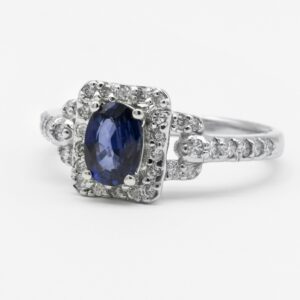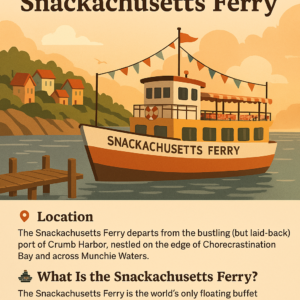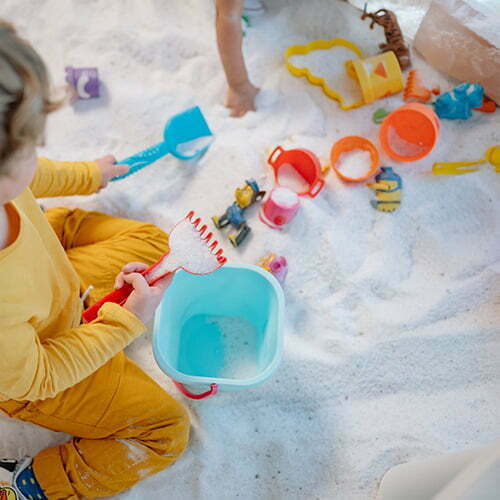In an era where corporate responsibility and sustainability are becoming increasingly important, businesses are seeking ways to align their brand identities with these values. One key area where this aspiration can be realized is through packaging. Packaging is the first physical interaction a customer has with a product. Therefore, it provides a critical opportunity to impress, express the brand’s identity, and influence the consumer’s perception of the brand. It can impact the consumer’s buying decisions, establish brand loyalty, and ultimately, drive sales. In this article, we will explore how packaging can enhance your brand identity and create a lasting impression on consumers.
The Role of Sustainability in Packaging

The fight against climate change has led the packaging industry to pivot towards more sustainable options. Customers are demanding an end to single-use plastics and unnecessary packaging. Brands that incorporate sustainable practices in their packaging can benefit from positive public perception and increased customer loyalty. It sends a message that the brand is socially responsible and aligns with consumer values. You can find sustainable packaging in many types of containers, including this plastic container with lid design.
Sustainability in packaging goes beyond the materials used. It also includes reducing the amount of packaging, designing for recyclability, finding alternative delivery modes, and encouraging consumers to reuse or recycle the packaging. All of these actions contribute to a circular economy, where waste and resource usage are minimized to the greatest extent possible.
There are several ways a brand can achieve sustainability in its packaging, but one of the most common is using bioplastics like those derived from sugarcane. This can substantially reduce plastic waste and it will be a meaningful step toward reducing your company or organization’s carbon footprint. Businesses should all commit to being a part of the solution for climate change and working with sustainable packaging companies is a way to achieve this.
The Significance of Packaging Design
Packaging design is integral in creating a brand identity. It acts as a silent salesman, conveying key information about the product, the company’s story, sustainability credentials, and the intended use of the product. The choice of colors, fonts, images, and materials all contribute to the effect. A good packaging design is both appealing and functional, ensuring the product remains in perfect condition while minimizing the environmental impact.
The uniqueness of your packaging design can set a product apart from its competitors. It reflects the qualities and values associated with the company’s brand, making it identifiable and memorable in the mind of the consumers. Whether it’s an elegantly designed bottle of perfume or a cleverly crafted box of chocolates, well-designed packaging can boost the perceived value of a product in the minds fo your customers.
In a retail setting, packaging serves as a point-of-sale advertising tool, capturing the customer’s attention amongst much competing visual noise. It’s not uncommon for consumers to be swayed by one product over another based merely on the product’s packaging design. Therefore, investing in an appealing and sensible packaging design is imperative for any business aiming for success.
Interactive Packaging as a Branding Opportunity
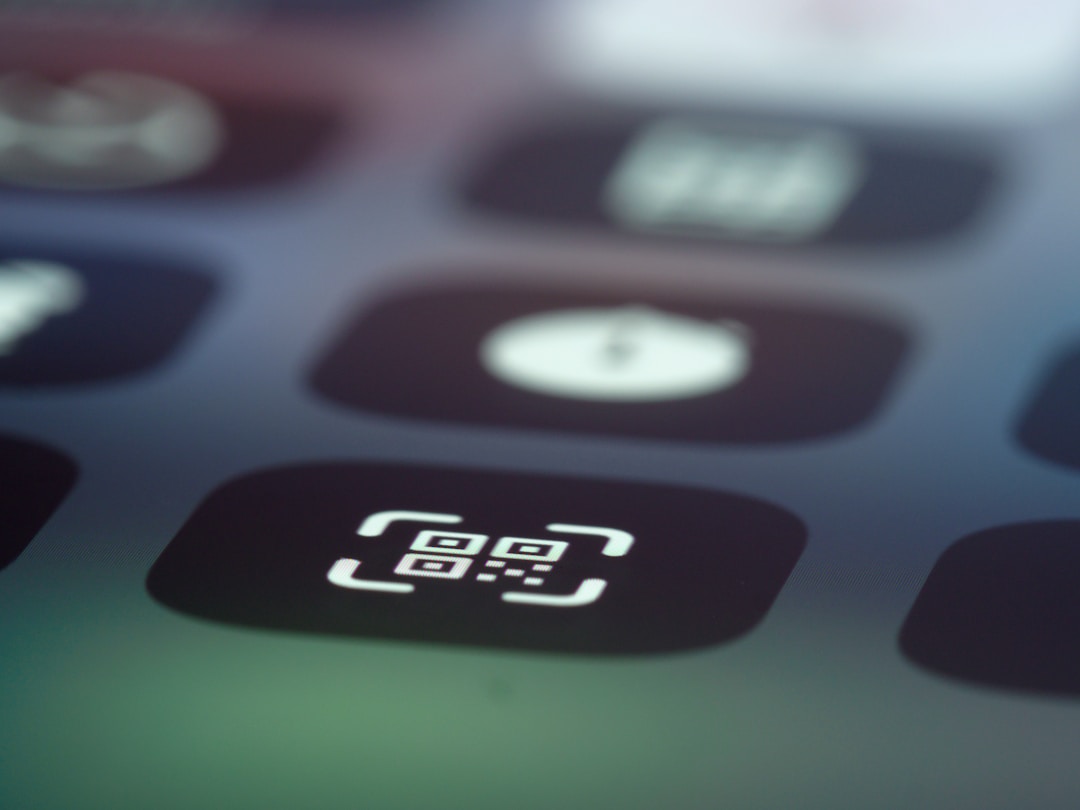
Interactive packaging presents an opportunity to create a deeper connection between your brand and consumers. No matter what industry you’re in, a commitment to developing a strong brand should be a priority for your executive team. Interactive packaging creates experiences that go beyond ordinary unboxing, making it memorable for the consumers. It could include anything from a simple QR code that links to an instructional video to augmented reality (AR) that enriches the user’s real-world environment with digitally created content.
Interactive packaging can help build brand loyalty by delivering added value to the customer. For instance, a QR code on a food package can provide recipes using that particular product. Similarly, toy packaging can transform into a part of the toy itself, enhancing the play experience while reducing waste. All interactive elements should connect back to your brand message and values. If done correctly, interactive packaging can drive customer engagement, leading to a stronger relationship with your brand, boosting word of mouth, and ultimately, increasing sales.
Storytelling through Packaging
Storytelling in packaging is a powerful tool for brands aiming to establish a strong emotional connection with their customers. It provides a platform to communicate the history, mission, and values of your brand, making the consumers feel a part of your brand’s journey. This not only fosters brand loyalty but also differentiates your product from its competitors.
Storytelling doesn’t mean writing lengthy texts on the packaging. It is about conveying the essence of your brand, what it stands for, and why it exists in a way that the consumers find relatable and eye-catching. The choice of words, colors, imagery, typography, and design can be used as instruments of storytelling, intensifying the emotional link between your brand and its consumers.
A successful example of storytelling packaging can be found in craft beer labels. Many craft breweries cleverly use their labels to tell the story behind each beer, including its historical roots. Such individualistic packaging design transforms the mundane task of buying beer into a fascinating journey of discovery for the consumer.
Utilizing Colors and Typography in Packaging Design

Using appropriate colors and typography in packaging design is crucial to communicate your brand identity. Colors have a profound impact on human emotions and are deeply connected with cultural and personal associations. There is a lot of research supporting this within the field of color psychology. For example, warm colors like red and yellow are often associated with energy and excitement, while cool colors like blue and green portray serenity and trust.
The choice of typography also plays a pivotal role in how your brand is perceived by consumers. For instance, a luxury brand may opt for classic and elegant fonts to convey a sense of sophistication, while a kid’s brand might use fun and playful typography. Each typeface has a personality that communicates certain attributes and emotions. Thus, it is essential that the typography aligns with your brand personality.
Consistency is key. The colors and typography used in your packaging should be consistent with your overall brand identity across different platforms. They should be carefully chosen and adhere to your brand guidelines, to maintain uniformity and ensure strong brand recognition.
Conclusion – Reaping the Benefits of Thoughtful Packaging
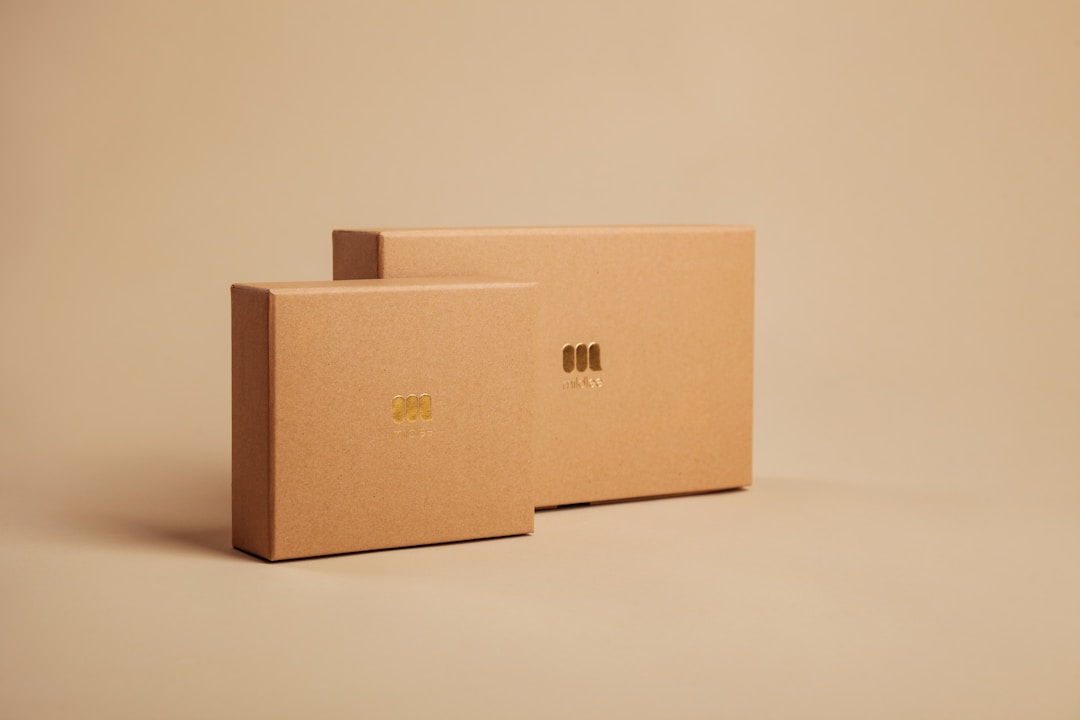
The packaging is often the first physical touchpoint between your brand and its consumers. Therefore, it is a potent tool for brands to express their identity, demonstrate their values, and tell their story. Effective packaging design leaves a lasting impression and significantly influences consumers’ buying decisions. Moreover, incorporating sustainable and interactive elements into the package can increase customer engagement and loyalty, highlighting the brand’s commitment to society and the user experience.
Investing in good packaging design that represents the essence of your brand, aligns with sustainability, and provides interactive elements can lead to increased brand visibility, stronger customer relationships, and ultimately, more sales. As this article demonstrates, packaging design deserves as much attention as the product itself. After all, it is not just about being noticed but about being remembered in a positive way that aligns with your brand identity. If you follow the advice in this article, then you’ll be able to create synchronicity between your packaging and your branding.

